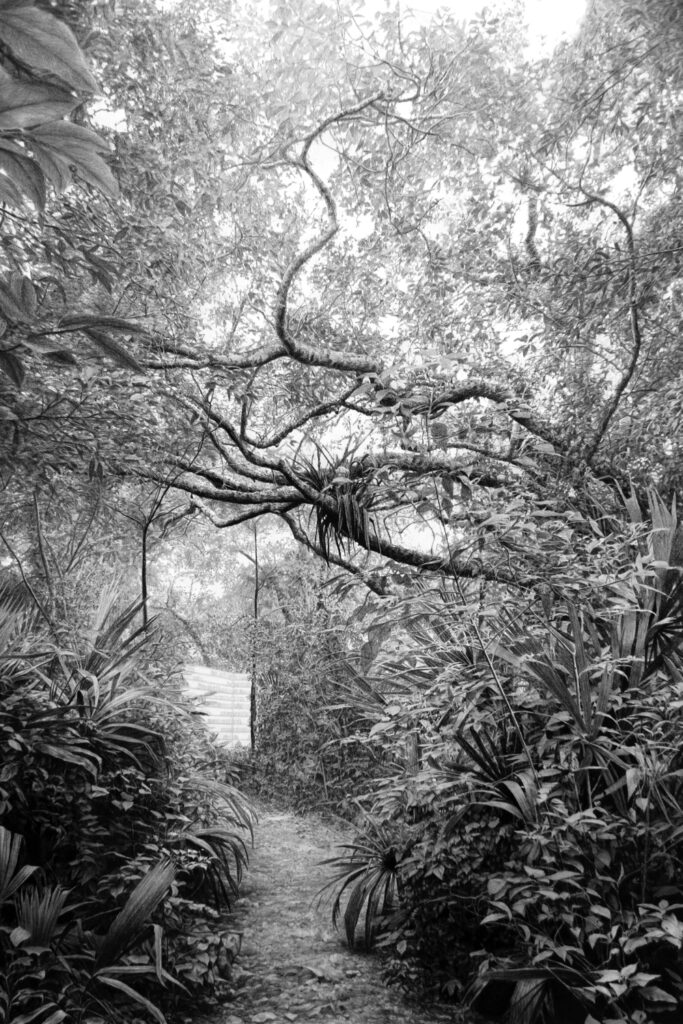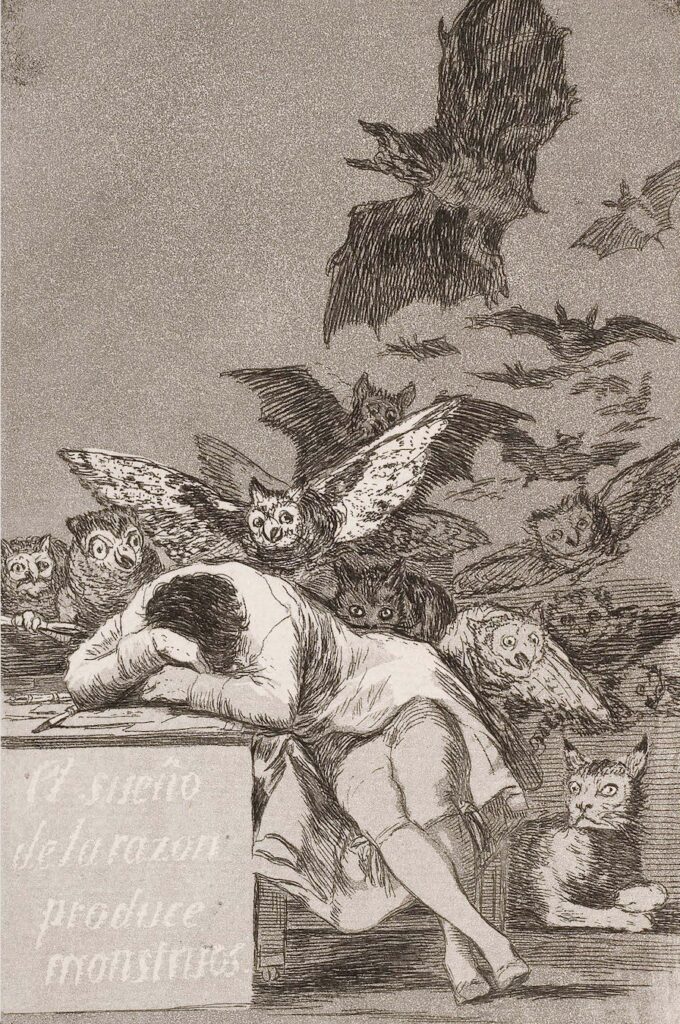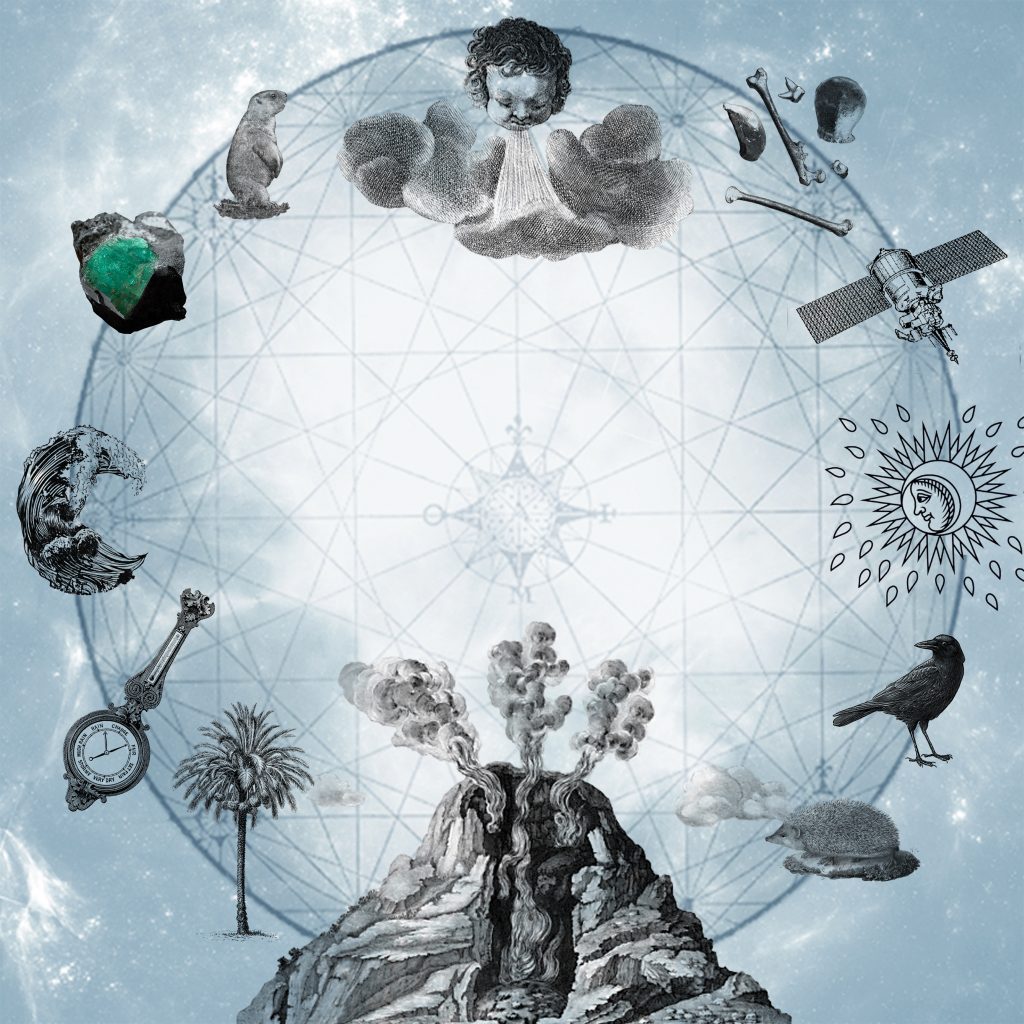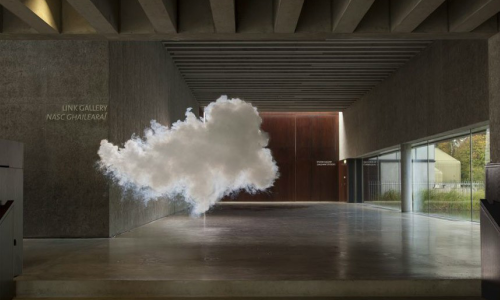Rewilding the Museum
The Royal Danish Academy of Fine Arts & ARKEN Museum of Modern Art 2021-2025
Anthropocene discourse collapses the distinction between nature and culture. Under its sign, the artistic gaze ranges beyond the gallery to treat the dominant planetary condition as authored or impacted by human activities. From rock strata to ice cores, wastelands to wilderness, we have come to understand the earth itself as an archive of inscriptions—as a collection to be studied, inventoried, conserved, or restored; to be acquired, exhibited, and perhaps de-accessioned. This perspective posits an expanded curatorial mandate beyond the walls of the museum: the earth as a total exhibition. The stakes of this mandate are high. Environmental imaginaries have material consequences, as images of ‘nature’ structure how we inhabit the world. In a moment where our environmental imaginaries are increasingly contested, this project examines how contemporary artistic practices occupy fraught conceptual and material territory. If the ancient concept of the museum as the ‘home of the muses’ is to be updated to our present times, we must follow the muses in their wandering beyond the gallery space, off-site, and into difficult terrain, as they inspire artists working with the detritus of modernity, in the great plastic garbage patches in the ocean, urban sewage treatment plants, burning forests, and oil palm plantations. Conversely, such an expanded curatorial mandate casts a critical gaze upon other forms of technê that seek to transform the earth—works of infrastructure, geoengineering, exclusion zones, shutdowns, blackouts and projects of rewilding. Rewilding, as a practice of environmental restoration, seeks to restore the functioning of ecosystems to a wild or natural state. The practice involves complex retrospective and prospective constructions of nature, involving varying degrees of human involvement. Without distinguishing between modes of artifice practiced by the arts and sciences, Rewilding the Museum examines how ‘environments’ are represented, mediated, and produced within and beyond the gallery today.
Pursuing the dialectics of grounding and ungrounding prominent in recent artistic practice and theory, the project is divided into three geographies:
- On Land tracks aesthetic and artistic engagements with the earth’s volatile crust: mining for rare minerals, volcanic eruptions, and stratigraphic inscriptions. It is here, on land, that the Anthropocene emerges as a concept within the geological sciences, and it is here that the museum’s foundations first register the shuddering of tectonic shifts. As the starting point for this project, this section enacts creative research methodologies such as walking seminars, excavations, and burial practices as models of intentionality in treading paths through the world as exhibition.
- In Air pursues conspiracies of containment and diffusion of atmospheres through artworks in wind tunnels, airlocks, smoke and fog; architectural strategies of climate control; and geoengineering proposals to moderate atmospheric chemistry and the course of climate change on a global scale. Focusing on the tension between climate models (offered by climatologists) and model climates (constructed by architects and artists), this part of the project explores the aesthetic consequences of pulling the air from the background into the foreground. When air can no longer be taken for granted it becomes visible. Air conditioning, no longer merely a means of preserving other artworks in the museum, becomes a site of artistic and curatorial intervention.
- At Sea trawls for deeper images of marine space informed by the immersion of bodies in liquid media. This section of the project addresses the oceanic turn in post-colonial studies and media theory, with significant implications for the contemporary visual and acoustic arts. Taking the oceanic turn to the shores of the museum—and ARKEN’s coastal geography specifically—the project tracks rising sea levels, melting ice, and artistic research performed through practices such as deep-sea diving, underwater imaging, oceanographic surveys and scientific collaborations.
An Imaginary Museum of Philosophical Monsters
Philosophers have long sought to instill precision in their arguments by appealing to fictitious scenarios in which problems are shorn of ambiguities, allowing pure abstractions to shine forth against the confounding details of reality. In the service of clarity, philosophers offer up an array of imaginary places, creatures, and devices—the cave (Plato), an island shrouded in fog (Kant), Twin Earth (Putnam), Northwest Passages between the humanities and the sciences (Serres); numerous birds and an aviary; angels and demons; bats, cats, hedgehogs, and a brain-in-vat; an invisible hand, a grue emerald (Goodman), and a ring that renders its wearer invisible. Pervading ancient and modern; continental and analytic philosophy, these examples take on lives of their own in the “philosophical imaginary” (c.f. Michelle Le Doeff 1989; Margueite La Caze, 2002), straying beyond their own conceptual labyrinths, breeding chimeras and mixed metaphors. These “philosophical monsters” lurk at the edges of reason, as suggested by Francisco Goya’s 1799 etching, The Sleep of Reason Produces Monsters (Los Capricios, 43). An image-world as strange as any cabinet of curiosities collects the history of philosophy’s imperfectly repressed unconscious and its oneiric flights. Yet reason also produces monsters when waking. An Imaginary Museum of Philosophical Monsters considers the dialectic between reduction and expansion attending the metonymic power of images in philosophical demonstration—and the spectre of reductio ad absurdum that haunts such enterprise.
A Year Without a Winter
A Year Without a Winter brings together science fiction, history, visual art, and exploration. Inspired by the literary ‘dare’ that would give birth to Mary Shelley’s Frankenstein amidst the aftermath of a massive volcanic eruption, and today, by the utopian architecture of Paolo Soleri and the Arizona desert, expeditions to Antarctica and Indonesia, this collection reframes the relationship among climate, crisis, and creation. The 1815 eruption of Mount Tambora, on the Indonesian island of Sumbawa, enveloped the globe in a cloud of ash, causing a climate crisis. By 1816, remembered as the ‘year without a summer,’ the northern hemisphere was plunged into cold and darkness. Amidst unseasonal frosts, violent thunderstorms, and a general atmosphere of horror, Shelley began a work of science fiction that continues to shape attitudes to emerging science, technology, and environmental futures. Two hundred years later, in 2016, the hottest year on historical record, four renowned science fiction authors were invited to the experimental town of Arcosanti, Paolo Soleri’s prototype for arcology, to respond to our present crisis. A Year Without a Winter presents their stories alongside critical essays, extracts from Shelley’s masterpiece, and dispatches from expeditions to extreme geographies. Broad and ambitious in scope, this book is a collective thought experiment retracing an inverted path through narrative extremes.
Atmosphere and Place
The concepts of atmosphere and place denote concrete material-geographical domains as well as spheres of affect or ambience. One may speak of a place or the atmosphere, but one also has a sense of place; a room is charged with an atmosphere of anticipation; revolution is ‘in the air.’ Considered in a phenomenological register, atmosphere and place are dimensions of experience modulated by architecture, technology, politics, history, and social practice. At the same time, they are scientific objects delimited and defined by the sciences of geography, geology, ecology, meteorology, climatology and atmospheric physics. In the context of climate change and growing understanding of the profound impact of human activities on Earth systems, the material properties of the atmosphere and the geosphere are urgent matters of concern (cf. Latour 2004). In light of these concerns, a contemporary humanistic approach to atmosphere and place must comprehend how these physical systems simultaneously operate as social, aesthetic and political spaces. Initiated at the Synthesis Center at Arizona State University in 2015, an ongoing transdisciplinary inquiry into the theme of Atmosphere and Place explores how we enact and engage environments from the quotidian to the theatrical, the constructed to the wild and the local to the global.






